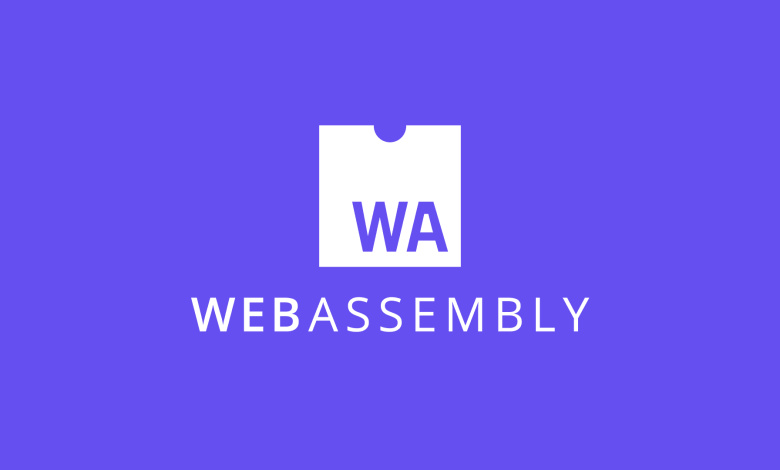The Future of Web Development with WebAssembly

For years, JavaScript has been the dominant language of the web. But with the rise of WebAssembly (Wasm), a new era of web development is emerging. WebAssembly allows developers to run code written in languages like C, C++, and Rust directly in the browser with near-native performance.
In this article, we’ll explore what WebAssembly is, why it’s a big deal, and how it will shape the future of web development.
1. What Is WebAssembly (Wasm)?
WebAssembly is a binary instruction format that runs in modern web browsers. It’s designed to be:
- Fast → Near-native execution speed.
- Portable → Works across all major browsers.
- Safe → Runs in a secure sandboxed environment.
- Language-agnostic → Supports multiple programming languages.
In simple terms, Wasm enables developers to bring performance-heavy applications to the browser.
2. Why WebAssembly Matters
Traditional JavaScript struggles with CPU-intensive tasks like 3D rendering, video editing, or scientific simulations. WebAssembly solves this by:
- Running faster than JavaScript in many cases.
- Supporting compiled languages (C, C++, Rust, Go).
- Enabling applications that were previously impossible in browsers.
3. Use Cases of WebAssembly
WebAssembly opens doors for advanced applications, such as:
- Gaming → Running high-performance 3D games in the browser.
- Video/Audio Editing → Real-time rendering and processing.
- CAD/3D Modeling Tools → Engineering software on the web.
- Cryptography → Secure, high-speed encryption.
- Machine Learning → Running models directly in the browser.
4. WebAssembly and JavaScript Together
Wasm doesn’t replace JavaScript—it complements it.
- JavaScript handles UI, DOM manipulation, and APIs.
- WebAssembly handles performance-critical tasks.
✅ Example: A web app might use JavaScript for buttons and menus while offloading video encoding to WebAssembly.
5. Getting Started with WebAssembly
To use WebAssembly, you typically:
- Write code in a supported language (e.g., Rust, C++).
- Compile it to
.wasm. - Load the
.wasmmodule in JavaScript.
✅ Example in JavaScript:
6. Advantages of WebAssembly
- Performance: Near-native execution.
- Portability: Same code runs on all browsers.
- Efficiency: Smaller file sizes compared to JavaScript bundles.
- Future-proof: Supported by all major browsers (Chrome, Firefox, Safari, Edge).
7. Limitations of WebAssembly
Despite its power, Wasm has some limitations:
- Limited direct access to DOM (must go through JavaScript).
- Debugging is harder compared to JavaScript.
- Ecosystem is still growing (not all libraries/frameworks support it yet).
8. WebAssembly in the Real World
Big companies are already using WebAssembly:
- Figma → Uses Wasm for its high-performance design tool.
- AutoCAD Web → Browser-based CAD powered by Wasm.
- Blazor WebAssembly → Microsoft’s .NET running in the browser.
9. The Future of WebAssembly
The roadmap for Wasm includes exciting features:
- Garbage Collection (GC) support → Better language integration.
- Threads and SIMD → Faster parallel computing.
- Component Model → Making Wasm modules easier to reuse.
This means more complex applications will soon move to the browser.
10. Should Developers Learn WebAssembly?
If you’re building standard websites, you don’t need Wasm. But if you’re working on:
- High-performance applications
- Games
- Data visualization
- AI/ML in the browser
…then WebAssembly is worth learning.
Conclusion
WebAssembly is shaping the future of the web by bringing native performance to browsers. While it won’t replace JavaScript, it enhances what’s possible in web development, opening opportunities for apps that were once limited to desktop software.
The future web will be a collaboration between JavaScript for flexibility and WebAssembly for performance. Developers who understand both will be at the forefront of innovation.

